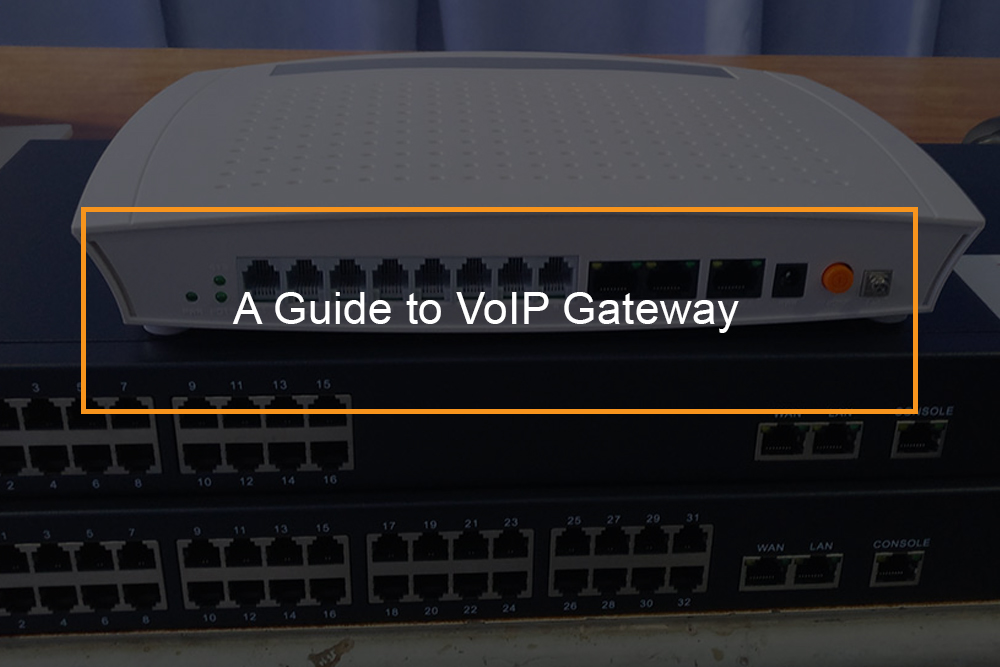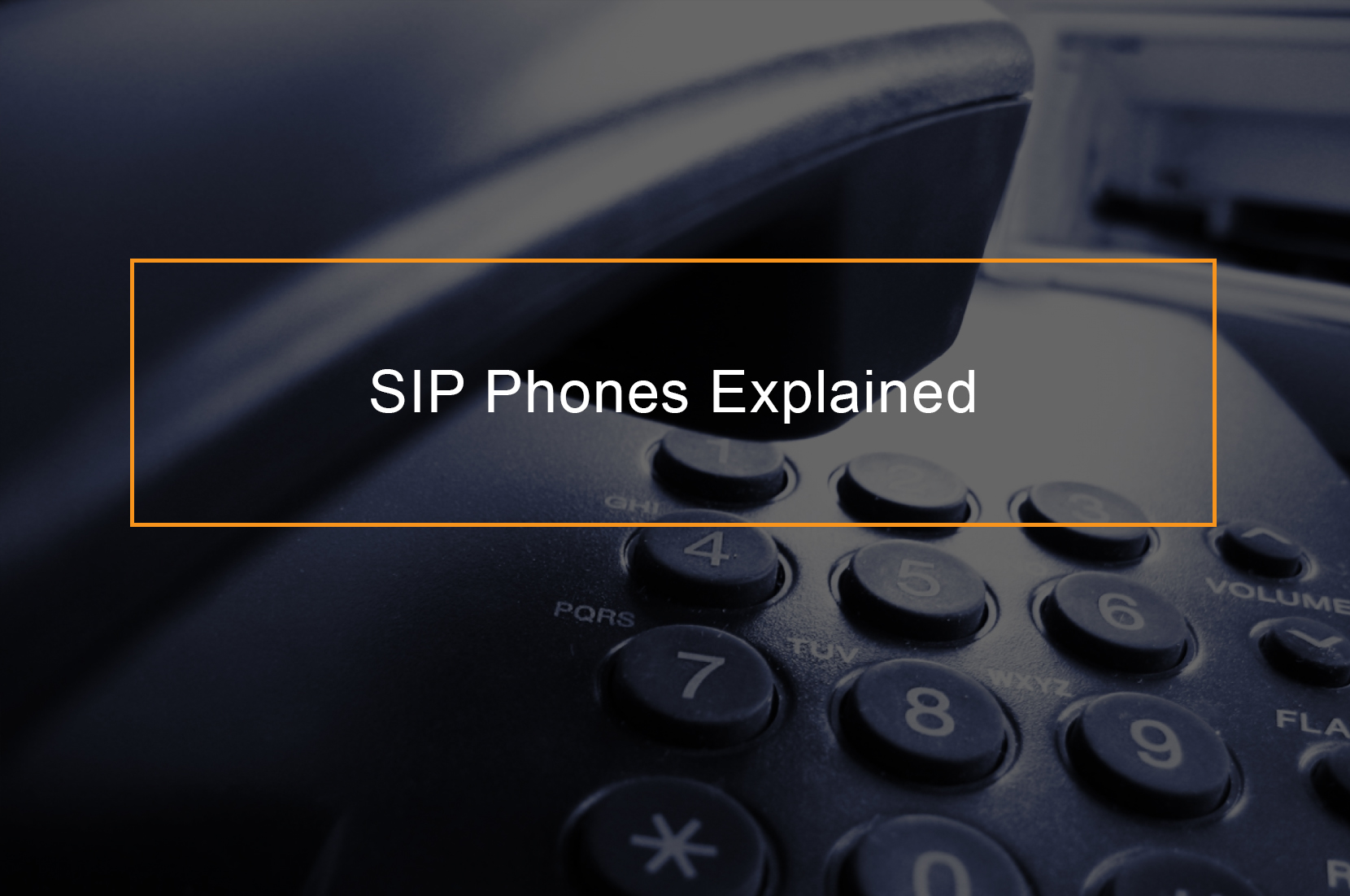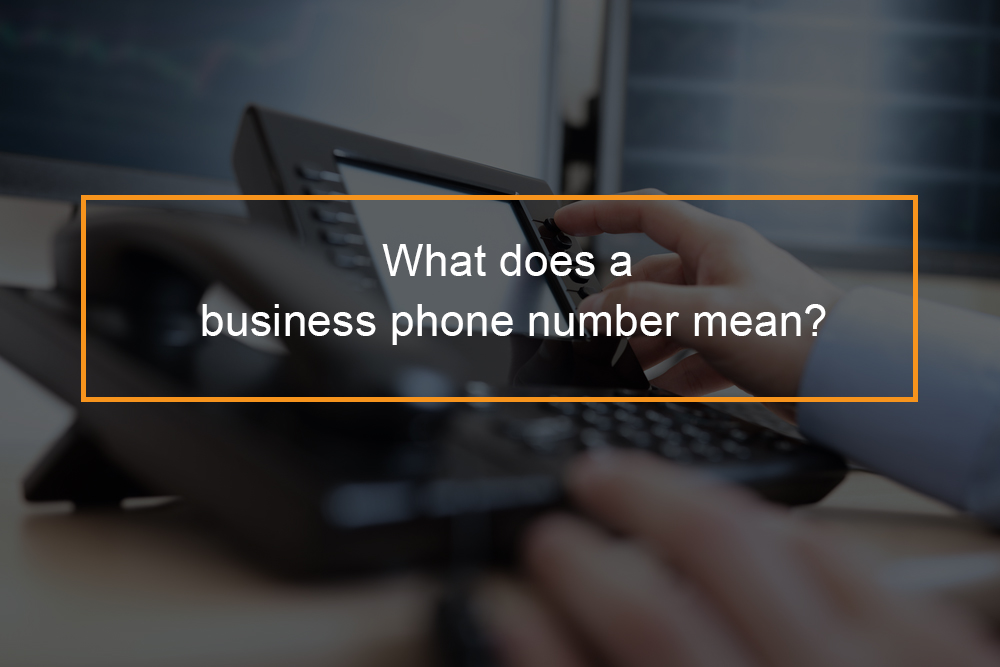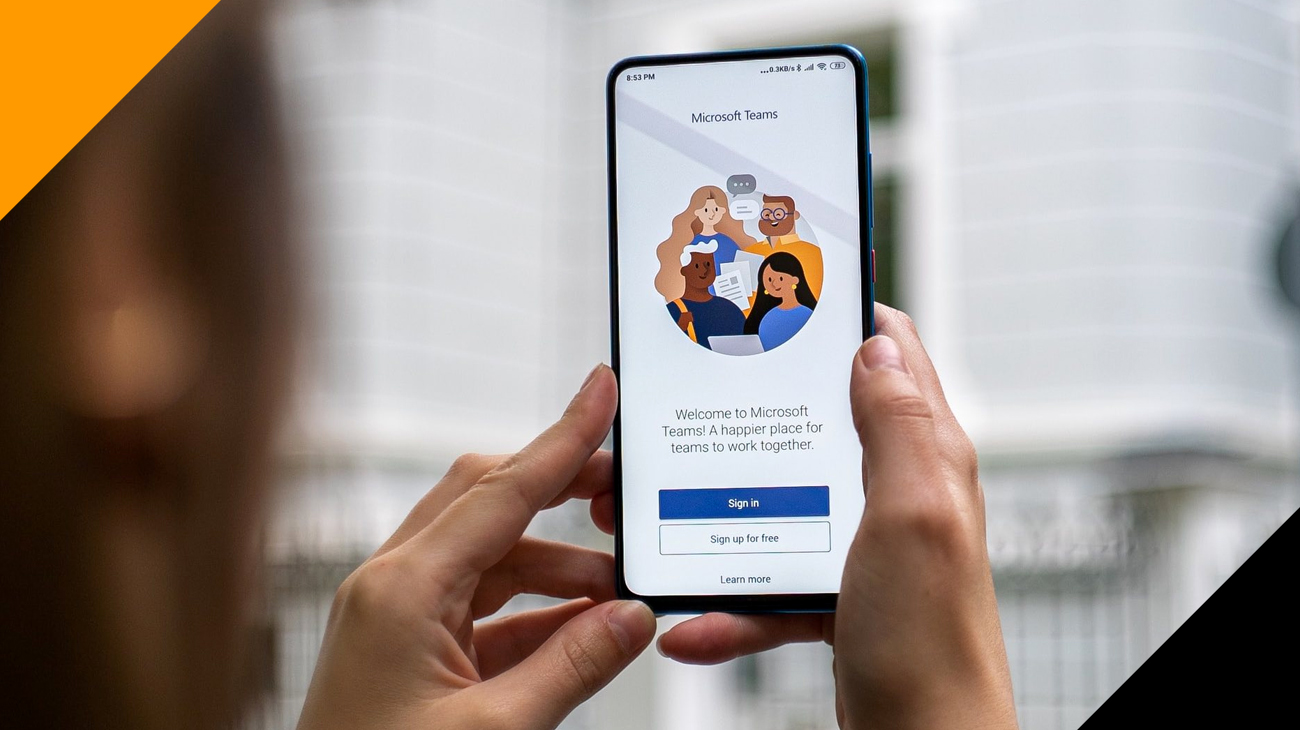
A VoIP gateway enables you to change between a traditional telephone connection and a modern Voice over Internet Protocol connection using Session Initiation Protocol (SIP). A VoIP gateway is different from VoIP adapter since VoIP adapter (also known as VoIP box) changes one phone at a time. Some of the biggest VoIP gateways can support about 256 calls at a time.
Typically VoIP gateway converts analog telephone signals to digital. After changing the signals, the VoIP gateway organizes it into packets and encrypts it for transmission. Voice over IP vendors utilizes VoIP gateways for switched and network interfacing.
Conversations can go from SIP to analog, traditional to SIP, or even SIP to SIP for the reason of failover or transcoding. In conventional network to SIP deployment, a gateway significantly decreases operating costs by linking a legacy business phone system with vital SIP trunking services.
SIP to traditional network deployments utilizes a gateway to link a modern SIP communications system with digital or analog services from legacy carriers. There are many apps for Voice over Internet Protocol media gateways.
What is the function of a VoIP gateway?
How to use VoIP gateways?
The Voice over Internet Protocol’s main functions includes fax and voice compression or depression, call routing, control signaling, and packeting. VoIP gateways also come with additional features such as interfaces to external controllers such as Softswitches and Gatekeepers, billing systems, and network management systems.
Typically VoIP gateways are used in two ways:
To change incoming PSTN/ Telephone lines to SIP or Voice over Internet Protocol
The Voice over IP gateways enables calls to be received and places on the standard regular telephony network. In most business situations, it is preferable to keep on using the traditional phone lines since one can guarantee a higher voice call quality and availability.
To connect to a traditional phone system or PBX to the IP network
The VoIP gateway enables calls to be placed through VoIP. Calls can then be placed through a Voice over IP service provider, or in the situation of a company with many offices, interoffice calling costs can be decreased by routing the calls through the internet. VoIP gateways are accessible as external units or as PCI cards. The majority of appliances are external units. A VoIP gateway comes with a connector for the IP network and one or more ports to connect the phone to it.
VoIP gateway benefits
A VoIP gateway is an essential tool for large companies that are making the switch to business VoIP services but have an infrastructure in place that makes it costly or impractical to switch entirely to VoIP.
First, it can be costly to change over a whole office to Voice over IP. Besides the cost of new phones, there is the IT support, PBX infrastructure costs, and the time and money you will use to train all employees on the latest equipment. VoIP gateway saves you this cost.
Besides, despite each effort to keep servers up and running, sometimes they may fail. Most VoIP gateways come with fallback modes to switch to the PSTN in case the internet is unavailable. A company that depends heavily on fax machines may also hesitate to discontinue their legacy phone service.
VoIP gateways end telephone calls, offer user admission control with an interactive voice response (IVR) system, and offer accounting records for the voice call. VoIP gateways also assist direct outbound calls to a particular destination or end the voice call from another gateway and transfer the call to the PSTN.
Also, VoIP gateways play a main part in enabling carrier services, support the simplicity of phone calls for less cost, and provide easy access. Flexible call integration has been established for less, which allows programmable call progress tones and distinctive ring tones.
For the above reasons, some companies favor a hybrid approach, combining their on-site equipment with VoIP gateways to attain many of the benefits of VoIP while still maintaining the reliability and familiarity of their existing equipment.
How does a VoIP gateway work?
VoIP gateways are not complicated. A VoIP gateway functions as a bridge between an IP network and the PSTN. Based on where the voice traffic comes from a VoIP gateway will change the voice traffic into the right form of receipt by the destination network (PSTN or IP).
In case the voice traffic comes from the PSTN, the VoIP gateway will change the analog voice data into a digital signal. The digital signal is then compressed using a codec and broken into a series of packets that are transmitted across an IP network using a signaling protocol.
In case the voice traffic is coming from an IP network, the VoIP gateway will de-stress the digital packets to a digital signal that is then changed into an analog signal to be sent via the PSTN.
What are the types of VoIP gateway?
Types of VoIP gateway
Basically, there are two main types of gateways: analog and digital. There are also Voice over IP gateways that connect VoIP traffic to CDMA or GSM wireless networks.
Analog VoIP gateway
An analog Voice over Internet Protocol is used to connect your traditional regular telephones to a Voice over IP phone system or to connect your VoIP phone system to the PSTN. As a result of this dual-purpose, an analog VoIP gateway comes in two different kinds- FXO and FXS.
- FXO gateway- An FXO gateway is utilized to connect your Voice over IP phone system to your PSTN lines.
- FXS gateway- An FXS gateway is utilized to connect your traditional telephones and fax machines to a VoIP phone system.
Digital VoIP gateway
A digital VoIP gateway is utilized to connect your VoIP phone system to your digital voice lines like T1/E1/BR1. A digital VoIP gateway can also be implemented to combine your traditional PBX system to an IP network.
Even though analog and digital gateways do the same thing, they have a difference. The actual difference between an analog VoIP gateway and a digital Voice over Internet Protocol gateway are the interfaces everyone uses to connect to various solution elements together.
Features and functionality of a VoIP gateway
Voice over IP gateways is a very robust device. Most of the VoIP gateways have the following features.
- Call routing and least charge call routing capability
- Automatic provisioning through TFTP or HTTP
- Web-based management or administration
- Echo cancellation, CNG, VAD, and Jitter Buffer
- Compliant with many protocols including H.323, SIP, and MGCP
- T.38 compliant (for faxing)
- Support for G.723.1, G.711, G.729A, G.726 voice codecs
- T.38 compliant- for faxing
The above features are merely the regular functionality and features in most of VoIP gateways. Each gateway has its own unique features.
What is a Cisco voice gateway?
Cisco voice gateway
Router PSTN connectivity is typically known as voice gateway functionality, providing a gateway for voice over Internet protocol (VoIP) calls to and from traditional analog or digital PSTN or private branch exchange (PBX) calls.
You can use a router Cisco voice gateway to connect to PSTN central office (CO) switches, critical systems, private branch exchanges (PBXs), time division multiplexing based interactive voice response systems, traditional TDM based voice mail systems, and any other legacy (non-IP) voice processing or telephone devices.
What is the future of VoIP gateway technology?
VoIP gateway has been an effective and flexible solution for many years and is utilized for office data and voice connectivity. Besides connectivity performance, VoIP is also reliable in a variety of situations.
The future of Voice over Internet Protocol is apparent. Scalable, high-density, open platforms require to be designed and adapted to enable the installed telephones and fast-growing H.323 computer clients like Netscape’s communication and Microsoft’s NetMeeting to communicate through IP. Most vendors are in the procedure of designing interoperable VoIP gateways following the current architecture to meet service providers’ changing demands, individual carriers, and corporate network clients.









